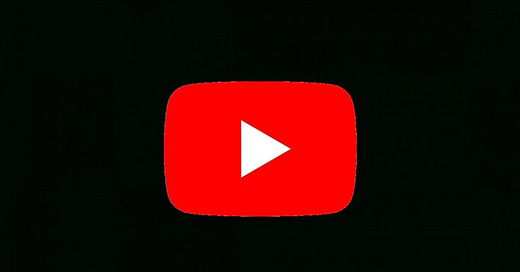Over the years, YouTube has also responded to global trends and user feedback. It introduced Shorts as a way to compete with TikTok, allowing creators to produce quick, vertical videos that cater to modern attention spans. It rolled out stricter moderation policies to address the spread of harmful content, misinformation, and hate speech. Additionally, YouTube launched monetization tools like channel memberships and Super Thanks, which allow creators to earn money directly from their audience, not just through ad revenue. These changes reflect how the platform continuously evolves based on market competition and user demands.
What makes YouTube particularly powerful is how it integrates entertainment with personalization. The recommendation algorithm studies user behavior and preferences to deliver content that aligns with individual interests. This hyper-targeted approach is very different from traditional TV, where programming is fixed and general. On YouTube, two people can open the app at the same time and see completely different homepages tailored to their watching habits. This ability to provide custom content at scale has helped the platform maintain user engagement and loyalty.
The platform has also contributed to shaping new forms of creativity. Editing styles, storytelling methods, and even humor on YouTube differ significantly from those seen in traditional media. Jump cuts, vlogs, reaction videos, and commentary formats all emerged and gained popularity through the platform. As YouTube matured, it created its own genres and standards, which eventually influenced mainstream media as well. Many television shows, advertisements, and even movies now borrow ideas that originated from YouTube trends.
Economically, YouTube has built a massive ecosystem. Apart from ad revenue, it has created job opportunities in video editing, channel management, graphic design, scripting, consulting, and digital marketing. Small businesses and individuals have used it as a tool to promote their work without needing big budgets. Musicians have launched careers, teachers have built online academies, and niche experts have become global voices. This level of accessibility and reach has made YouTube one of the most powerful tools for self-expression and entrepreneurship in the digital age.
Yet despite its advantages, YouTube is not without flaws. The algorithm sometimes pushes sensational content to maximize watch time, which can result in echo chambers or harmful trends gaining traction. Smaller creators often struggle with visibility, especially as the platform becomes saturated. Monetization can be inconsistent, and policy changes sometimes harm creators who rely on the platform for income. Still, the broader impact remains overwhelmingly positive in terms of democratizing content and transforming how people interact with media.
In less than two decades, YouTube went from a startup to a cultural and economic force. It shifted the power of media from corporations to individuals and gave rise to an entirely new way of thinking about fame, influence, and creativity. As the platform continues to expand and adjust to the digital world’s demands, its role in shaping global entertainment and information consumption remains unmatched.


